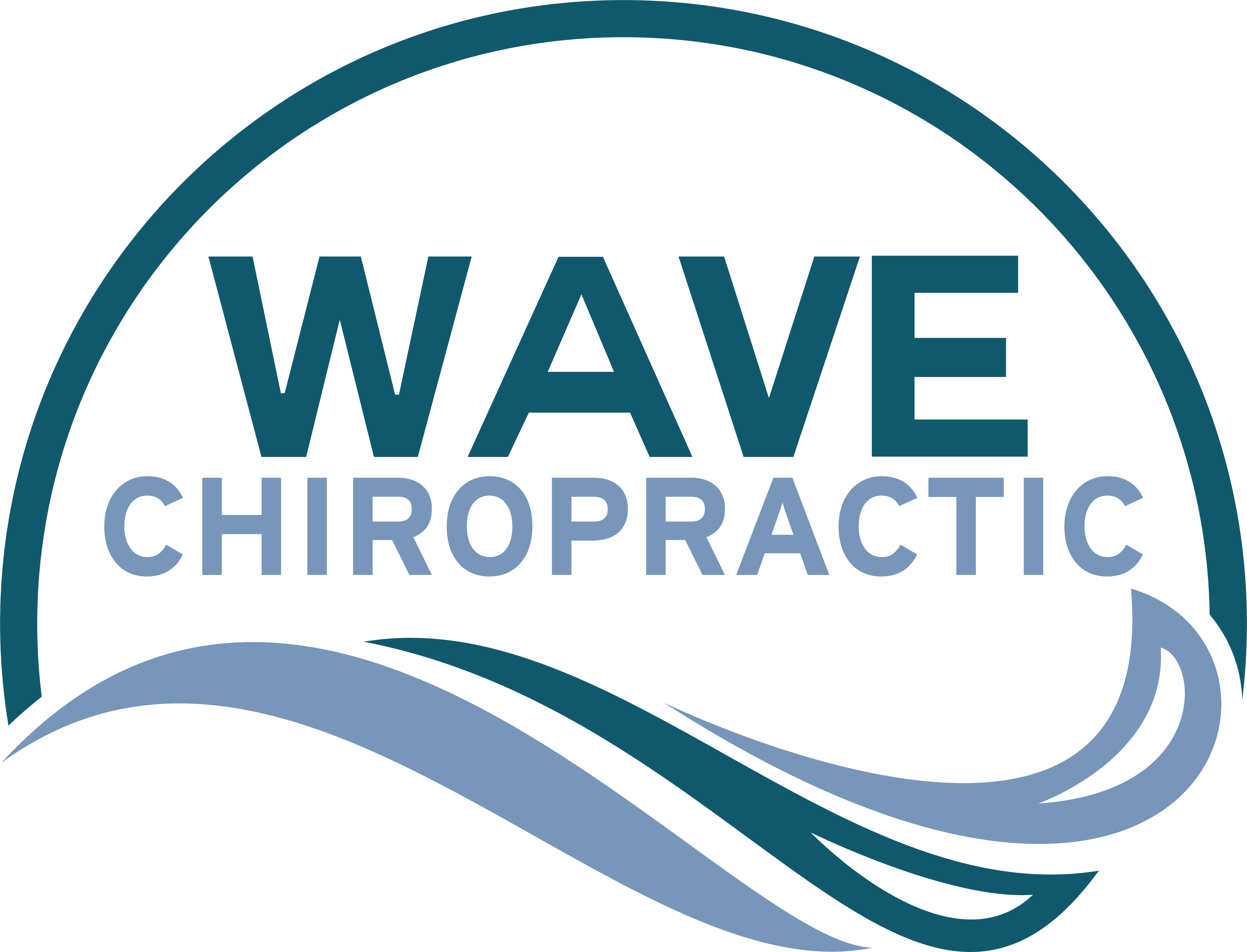You've probably experienced a headache at some point, and finding effective relief can feel overwhelming. Fortunately, there are natural strategies that might help ease your discomfort without relying on medication. By making simple adjustments to your daily routine, you can tackle headaches more effectively. From hydration to relaxation techniques, these seven tips could transform how you approach headache management. But which one should you start with to see the best results?
Stay Hydrated
How often do you think about your hydration levels? Staying hydrated is essential for your overall health and can greatly impact your well-being, especially when it comes to preventing headaches. Dehydration is a common trigger for headaches, so it's important to pay attention to how much water you're drinking each day.
You should aim for at least eight 8-ounce glasses of water daily, but your specific needs may vary based on factors like your activity level, climate, and overall health. If you're active or live in a hot environment, you'll likely need even more.
To make hydration easier, carry a water bottle with you wherever you go. This way, you can sip throughout the day, making it a habit rather than a chore.
Don't wait until you're thirsty to drink. By the time you feel thirsty, you may already be dehydrated. Incorporate water-rich foods into your diet, such as fruits and vegetables, to boost your hydration levels. Foods like cucumbers, watermelon, and oranges can be invigorating and contribute to your daily intake.
If you're prone to headaches, monitor your hydration closely. You might consider setting reminders on your phone to drink water regularly or using apps designed to track your intake.
Practice Relaxation Techniques
Relaxation techniques can be a game changer when it comes to managing headaches. By incorporating these methods into your routine, you can reduce muscle tension, lower stress levels, and enhance your overall well-being. Here are some effective techniques you can try.
First, focus on deep breathing exercises. Find a quiet space, sit comfortably, and close your eyes. Inhale deeply through your nose for a count of four, hold for four, and exhale slowly through your mouth for a count of six. Repeat this cycle several times. You'll notice how your body begins to relax as you focus on your breath.
Next, consider practicing progressive muscle relaxation. Starting from your toes, tense each muscle group for a few seconds, then release. Work your way up through your legs, abdomen, arms, and face. This technique helps you identify areas of tension in your body and promotes a sense of calm.
Another great option is mindfulness meditation. Sit or lie down in a comfortable position and focus on the present moment. Allow any thoughts or distractions to pass without judgment. Just a few minutes of mindfulness can help clear your mind and reduce headache triggers.
Lastly, gentle yoga stretches can be incredibly beneficial. Poses like Child's Pose or Cat-Cow can relieve tension in your neck and shoulders, where headaches often originate.
Incorporating these relaxation techniques into your daily routine can greatly help you manage headaches and improve your overall quality of life. Give them a try and see the difference for yourself!
Apply Cold or Warm Compress
Applying a cold or warm compress can provide considerable relief for headache symptoms. Depending on the type of headache you're experiencing, either option could be beneficial.
Cold compresses are especially effective for tension headaches and migraines. The cold reduces inflammation and numbs the area, which can help alleviate pain. To use a cold compress, wrap ice in a cloth or use a cold pack. Place it on your forehead or the back of your neck for about 15-20 minutes. You'll likely feel a noticeable difference after a few minutes.
On the other hand, warm compresses can be great for tension headaches caused by muscle tightness. Heat helps to relax those tight muscles and increase blood flow, which can relieve pain. For a warm compress, you can soak a cloth in warm water or use a heating pad. Apply it to your forehead, temples, or neck for similar intervals of 15-20 minutes. Just make sure it's not too hot to avoid burns.
You might want to try both methods to see which one works best for you. If you notice that one considerably eases your headache more than the other, stick with that approach.
Regardless of the choice, taking a moment to sit quietly while using the compress can enhance the effects. So next time a headache strikes, grab a cold or warm compress, and give yourself the relief you deserve.
Maintain Good Posture
Maintaining good posture is essential for preventing headaches, especially if you spend long hours sitting at a desk or using electronic devices.
Poor posture can lead to muscle tension and strain, which often results in headaches. By being mindful of your posture, you can alleviate discomfort and reduce the frequency of headaches.
Here are three tips to help you maintain good posture:
- Adjust your workspace: Make sure your chair and desk are at the right height. Your feet should rest flat on the floor, and your knees should be at a 90-degree angle. Position your monitor at eye level, so you don't have to strain your neck to see it.
- Take regular breaks: Standing up and stretching every 30 minutes can do wonders for your posture. Use this time to do some simple stretches like neck rolls, shoulder shrugs, or even a brief walk around the room. This movement helps relieve muscle tension and keeps your body engaged.
- Be mindful of your body alignment: Sit back in your chair with your back straight and shoulders relaxed. Keep your ears aligned with your shoulders and your chin parallel to the ground.
This alignment reduces strain on your neck and back, greatly lessening the chances of developing headaches.
Explore Essential Oils
Essential oils can be powerful allies in your quest for headache relief.
Popular options like peppermint and lavender offer soothing properties that may ease your discomfort.
Let's explore how to use these oils effectively for maximum benefit.
Popular Essential Oils
Aromatic oils have gained popularity for their potential to relieve headaches naturally. When you're dealing with discomfort, certain essential oils can offer soothing relief and a sense of calm.
Here are three popular essential oils you might consider:
- Peppermint Oil: The invigorating scent of peppermint can stimulate your senses. Its menthol content helps to relax muscles and improve blood circulation, making it a go-to for tension headaches.
- Lavender Oil: Known for its calming properties, lavender oil can ease stress and promote relaxation. Its gentle aroma can help create a peaceful environment, perfect for alleviating headache pain.
- Eucalyptus Oil: With its fresh and clean scent, eucalyptus oil can help clear your mind. It's often used in aromatherapy to relieve sinus pressure, which can be a contributing factor to headaches.
Incorporating these essential oils into your routine may help ease your discomfort.
Whether you diffuse them in your space or inhale them directly, you might find that these aromatic oils provide the relief you need.
Application Techniques
Often, people find that using essential oils effectively can enhance their headache relief experience. To get the best results, you'll want to focus on the application techniques that suit your needs. Start by diluting your chosen oil, like lavender or peppermint, with a carrier oil such as coconut or jojoba. This helps prevent skin irritation while allowing you to enjoy the benefits.
Next, apply the mixture to key areas. Gently massage it into your temples, the back of your neck, and your pressure points, like the webbing between your thumb and index finger. This can stimulate circulation and promote relaxation, easing headache tension.
You can also use a diffuser to fill your space with calming aromas. Just add a few drops of oil and let it work its magic. Inhaling the scent can enhance mood and mitigate pain signals.
Remember to take deep breaths while applying or inhaling the oils. This not only boosts the effectiveness of the oils but also helps you relax.
Experiment with different oils and techniques to discover what works best for you, and you'll be better equipped to tackle headaches naturally.
Get Adequate Sleep
Getting enough sleep can greatly reduce the frequency and intensity of headaches. When you prioritize restful sleep, your body has a chance to recharge and heal.
Lack of sleep can lead to increased stress levels, making you more susceptible to headaches. It's crucial to establish healthy sleep habits to foster a restorative sleep environment.
Here are three tips to help you get better sleep:
- Create a Sleep Schedule: Go to bed and wake up at the same time every day, even on weekends. This consistency helps regulate your body's internal clock, making it easier to fall asleep and wake up feeling refreshed.
- Limit Screen Time Before Bed: The blue light emitted by screens can interfere with your body's production of melatonin, the hormone responsible for sleep. Try to turn off all electronic devices at least an hour before bed. Instead, consider reading a book or practicing relaxation techniques.
- Optimize Your Sleep Environment: Make your bedroom as comfortable as possible. Keep it dark, quiet, and cool. Invest in a quality mattress and pillows that support your preferred sleeping position, ensuring you wake up without tension.
Incorporate Regular Exercise
Incorporating regular exercise into your routine can considerably reduce the frequency and intensity of headaches.
Activities like walking, yoga, or swimming not only boost your mood but also improve circulation and relieve tension.
Benefits of Exercise
Regular exercise can be a powerful ally in managing headaches. When you incorporate physical activity into your routine, you're not just improving your overall health; you're also working towards reducing headache frequency and intensity.
Here are three key benefits you might experience:
- Endorphin Release: Exercise triggers the release of endorphins, your body's natural painkillers. These chemicals can help alleviate headache pain and boost your mood.
- Reduced Muscle Tension: Regular physical activity helps relieve muscle tension and tightness, which are common headache triggers. Stretching and strengthening your muscles can lead to a more relaxed state, reducing the likelihood of headaches.
- Improved Blood Flow: Engaging in exercise increases your circulation, ensuring that oxygen and nutrients reach your brain more efficiently. This can lead to better overall brain health and potentially fewer headaches.
Types of Activities
Many different types of activities can help you incorporate exercise into your routine and potentially reduce headache occurrences. Start with walking or jogging; these low-impact activities increase blood circulation and release endorphins, which can elevate your mood and ease tension.
If you prefer something more structured, consider joining a yoga class. Yoga not only promotes relaxation but also enhances flexibility and reduces muscle tension, which can be a common headache trigger.
Strength training is another excellent option. By building muscle, you improve your overall body mechanics and posture, reducing the strain on your neck and back that often leads to headaches.
Don't forget about stretching! Simple stretches throughout the day can alleviate tightness and prevent headaches before they start.
If you enjoy socializing, try group sports like tennis or volleyball. These activities make exercise enjoyable while keeping you active.
Even household chores like gardening or cleaning can count as physical activity, so don't underestimate their benefits.
Whatever you choose, aim to stay consistent. Regular exercise not only helps prevent headaches but also boosts your overall well-being.
Conclusion
By following these seven tips for natural headache relief, you can take control of your well-being and reduce discomfort effectively. Staying hydrated, practicing relaxation techniques, and maintaining good posture are simple yet powerful steps. Don't forget to explore the soothing effects of essential oils and prioritize quality sleep. Incorporating regular exercise and using cold or warm compresses can also make a big difference. With these strategies, you'll be better equipped to manage headaches and enhance your overall health.

